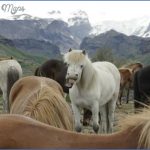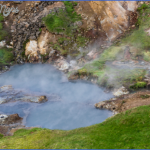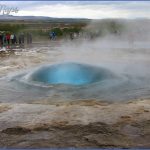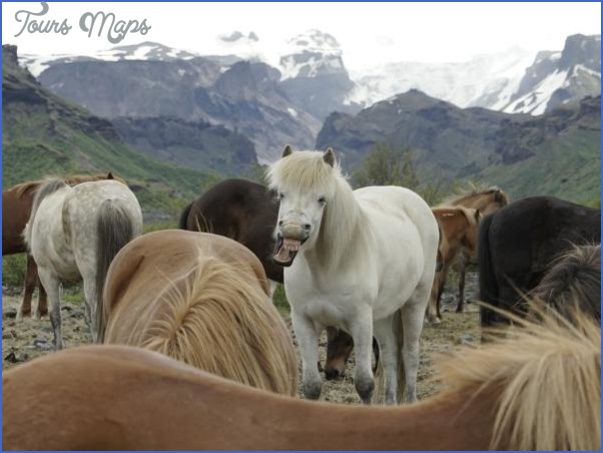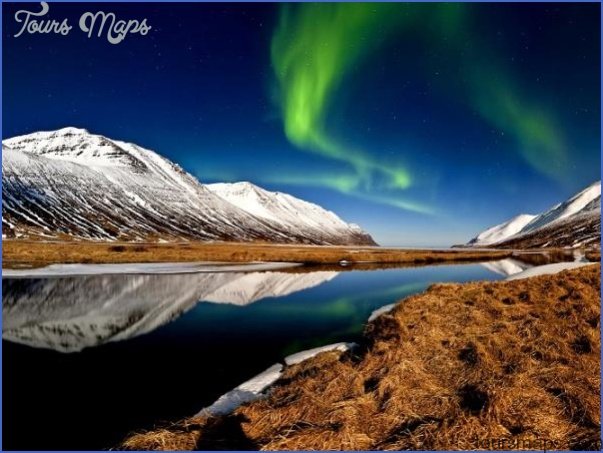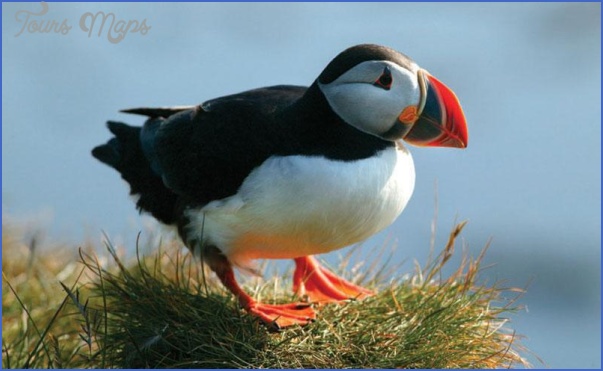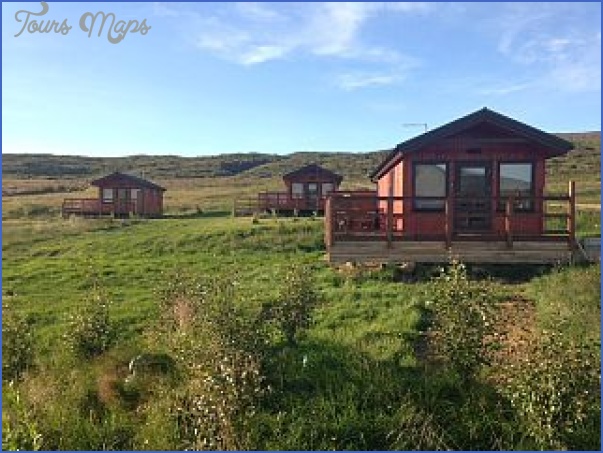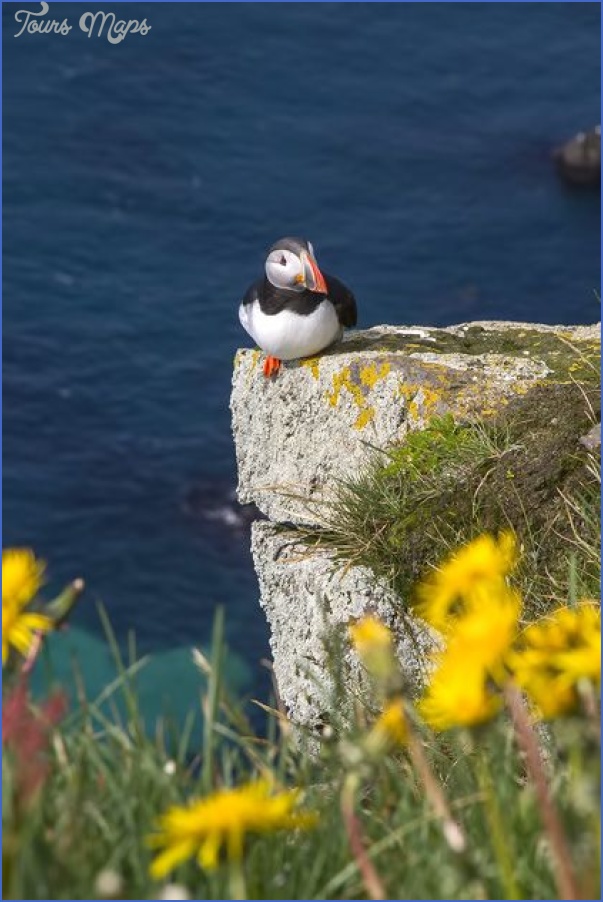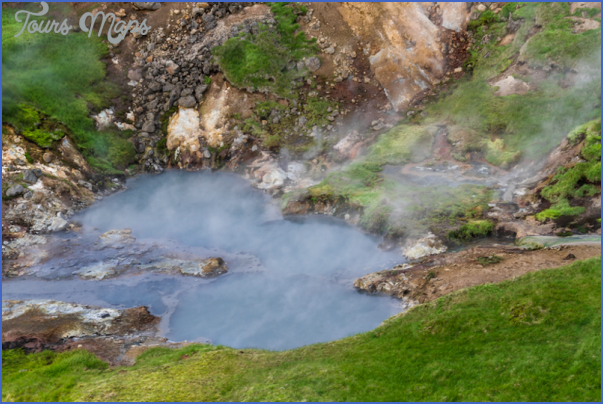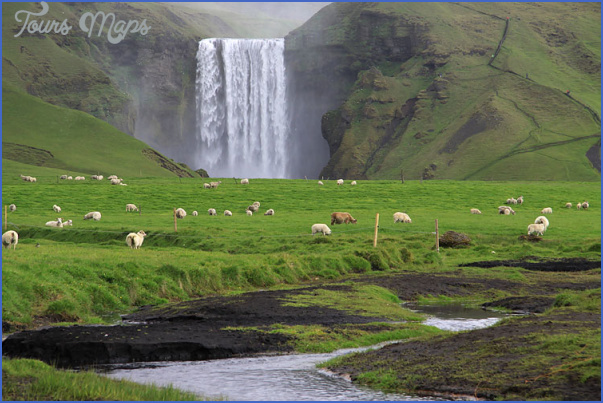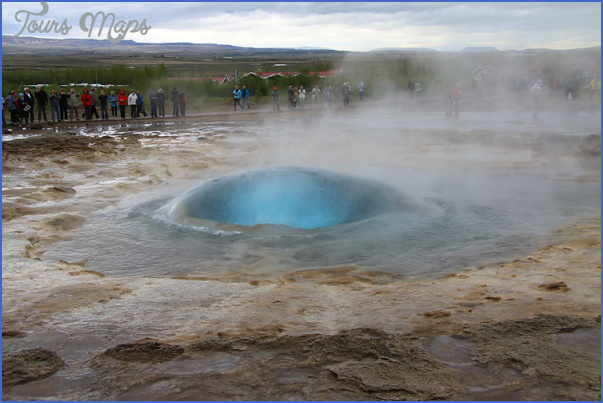Why go to Iceland to collect eiderdown? Because Iceland is home to a quarter of a million breeding pairs of Common Eider ducks – out of maybe two million pairs in the world – all inhabiting northern climes from Alaska and Greenland to northern Europe and northern Russia.
Male Common Eiders are stunners; black and white with green markings on the head, they are large sea ducks and a little larger than Mallards. Female eiders are much less colourful, basically mottled brown all over, although close-up the dark and light brown intricacies of their feathering gives them an attractively mottled appearance. Every summer, these females pluck a myriad of tiny, mud-coloured down feathers off their breasts to insulate their eggs in grassy nests on the ground hidden on islands like Hvallatur and on headlands on the Icelandic mainland. Collected by hand, eiderdown remains an important and traditional cottage industry for this island nation. The down is used to fill the warmest, lightest and most luxurious duvets money can buy. They certainly don’t come cheap.
Every year, around three to four tonnes of incredibly lightweight, brown-coloured and highly insulating feather down is taken from eider nests without harming the birds or affecting the hatching of their eggs. Over 400 Icelanders, mainly landowners, are registered as eiderdown collectors, some with just a few nests to pluck the insulation from and others with more than 2,000 nests to get around. Even Iceland’s President, Olafur Ragnar Grimsson has a colony at his farm home on a headland on the west coast near Reykjavik.
It’s an industry that has been active since Iceland was first settled in the ninth century. And it is a rare example of sustainable exploitation from which the collectors gain financially, the birds are protected and might even be increasing in number, and those highly affluent consumers who can afford the incredibly expensive but highly insulating duvets that are the end product of this cottage industry keep very much warmer at night.
Wildlife Travel To Iceland Photo Gallery
Before the Russian Revolution in 1917, Imperial Russia was the main eiderdown supplier in the world. The Russian Orthodox Church owned some eider colonies near the White Sea and had monks gather and process the down to make comforters for the high clergy. In the 20th century, the USSR even used eiderdown inside astronauts’ suits. Today, though, Iceland provides at least 70% of eiderdown worldwide.
Down is warmer than feather-filled duvets because the much smaller feathers trap more insulating air. Most down-filled duvets use down from domesticated birds, mostly geese and ducks killed for meat. Far cheaper because it is available in huge quantities, none of the common – but far, far cheaper – alternatives are as insulating as the real McCoy of course. But any feathers are much better than no feathers.
Maybe You Like Them Too
- DUBAI UNITED ARAB EMIRATES
- Anniston Map
- Wildlife Travel Guide
- Wildlife Travel To Alonissos
- National Wildlife Travel

